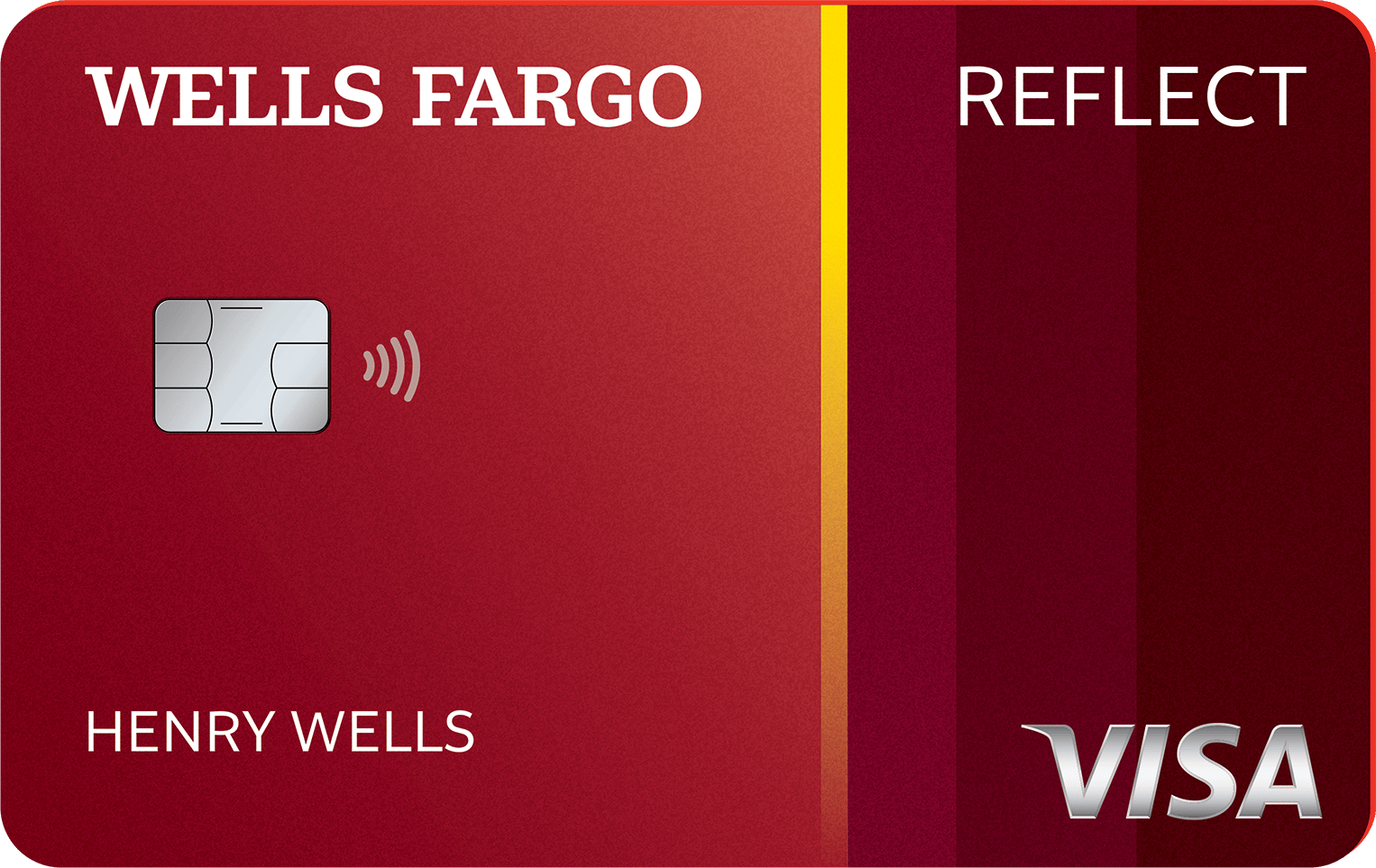5 Things to Know About the CareCredit Card
You may qualify for no-interest promotional financing, but the APR is high if you don’t pay on time.

Many or all of the products on this page are from partners who compensate us when you click to or take an action on their website, but this does not influence our evaluations or ratings. Our opinions are our own.
The CareCredit cards, issued by Synchrony, are designed to provide financing for people who are faced with medical expenses that aren’t covered by insurance. Medical bills are a big issue for Americans, and sometimes taking on debt is the only way to handle those costs, especially since they can often come as a surprise. A recent report found that 23% of adults had major unexpected medical expenses in the prior 12 months, with the median cost between $1,000-$1,999, according to the Federal Reserve’s Report on the Economic Well-Being of U.S. Households in 2023.
There are two versions of the CareCredit card: a "closed-loop" product that's accepted within a network of more than 260,000 health care providers, as well as an "open-loop" version that can be used both in that network as well as anywhere else Mastercard is accepted.
Neither product, however, is necessarily a front-of-wallet credit card.
Here are five things to know about the CareCredit cards.
1. How you apply can affect which card you get
If you apply online, you’ll be considered for the CareCredit Rewards Mastercard first; that's the version that can be used essentially anywhere. If you don’t qualify for that card, you may instead qualify for the baseline CareCredit credit card. (Note that if you apply over the phone, you’ll be considered for the CareCredit credit card only.)
Both cards have a $0 annual fee, offer promotional financing and can be used for purchases in the CareCredit network.
The CareCredit Rewards Mastercard also earns 2 points per $1 spent in the CareCredit network, on eligible health and wellness purchases, and at grocery and pet stores. All other purchases earn 1 point per $1. Redeem a minimum of 1,000 points (at a value of 1 cent each) toward a statement credit, travel, gift cards and merchandise.
2. They can be used at a variety of providers and partners
If you’re anticipating a medical expense that you’d like to finance, you can search for providers in your area that accept the baseline CareCredit card (or that would qualify for bonus rewards with the Mastercard version).
Enrolled providers include, but aren't limited to:
Medical specialists, dentists, eye doctors, dermatologists and cosmetic surgeons.
Hospitals, surgical centers, medical imaging and lab work.
Medical equipment, supplies and pharmacies.
Routine and emergency veterinary care.
Funeral, cremation and burial services.
CareCredit is also accepted by several partners, including pet insurance providers, drugstores and prescription discount programs.
3. You may qualify for promotional financing
The CareCredit cards offer these short-term financing options:
No interest if paid in full within six, 12, 18 or 24 months, on purchases of $200 or more.
A reduced interest rate and fixed monthly payments until your balance is paid in full.
Here’s an example of how these options could look. Let’s say you’d like to finance a $1,000 bill from a provider that accepts CareCredit. If you choose the no-interest promotional financing option, you’d pay anywhere from $42 per month for 24 months to $167 per month for six months. If you opted for the low-interest financing, you’d pay anywhere from $50 per month for 24 months at 17.90% APR to $31 per month for 48 months at 19.90% APR. (Figures accurate as of this writing.)
Be particularly careful with the first option, though, which is a deferred interest promotion, not a true 0% intro APR offer. If you choose this option, interest will still accrue in the background, meaning that if you don't pay off the balance in full by the end of the promotion — even if you owe only a few cents — you'll be charged the card's sky-high ongoing interest rate on the full amount of the purchase, retroactive to the purchase date.
If it were a 0% intro APR offer, interest would truly be waived, not merely deferred. If you still owe a balance when this kind of offer ends, you'll be charged interest only on that remaining amount, and only from that point on.
4. Watch out for the standard interest rate
Outside of the promotional financing above, the CareCredit cards charge a jaw-dropping annual percentage rate of nearly 33%. For comparison, as of November 2023, the Federal Reserve notes that the average APR charged for credit card accounts that incurred interest was 22.75%.
Moreover, if you make a late payment, a penalty APR of nearly 40% will kick in — and it may not go back down. (Figures accurate as of this writing.)
Depending on your situation, you may want to consider other choices. First, explore ways to lower costs. You may be eligible for discounts on certain procedures, health care products and wellness programs through your health insurance plan. Also, before you pay a medical bill, make sure you’re being correctly charged, as errors can cost you. You may be able to negotiate a reduced cost with the provider as well.
Once you have your final bill, here are additional ways to pay:
A payment plan. You may qualify for a monthly payment plan directly through your provider, possibly without fees or interest. Contact your provider to discuss eligibility.
A credit card with a 0% APR promo. For planned medical expenses, a credit card charging 0% interest on new purchases can give you time to pay down a balance.. The Wells Fargo Reflect® Card has one of the longest interest-free periods: 0% intro APR for 21 months from account opening on purchases and qualifying balance transfers, and then the ongoing APR of 17.24%, 23.74%, or 28.99% Variable APR. And as noted above, unlike the CareCredit cards, these kinds of cards won’t charge you interest on the original amount borrowed if you don’t pay off your debt in time. Instead, you’ll owe interest only on the remaining balance.
A balance transfer credit card. If you already charged a medical bill to a credit card, you can move that debt to a balance transfer credit card charging 0% interest. You typically need good or excellent credit (generally, FICO scores of 690 or higher) to qualify and you may owe a transfer fee. Again, if you have a balance left after the 0% APR promo ends, you’ll owe interest only on that balance, not on the total original transferred amount.
Flexible financing options from an existing credit card. Some large credit card issuers allow you to either turn your available credit line into an installment loan (at a lower ongoing APR), or break up an individual card transaction into predictable monthly payments.
A personal loan. The CareCredit cards offer longer loan terms for lower interest rates, but depending on your credit history and financial situation, you may qualify for even better rates with a personal loan.
5. Use the card instantly upon approval
You can’t always predict when you’ll be subject to a big medical bill, but you can use a new CareCredit card account the moment your application is approved, even if your physical card hasn’t arrived in the mail yet. That means you can apply from the doctor’s office and use the card to pay your bill.
Find the right credit card for you.
Whether you want to pay less interest or earn more rewards, the right card's out there. Just answer a few questions and we'll narrow the search for you.


